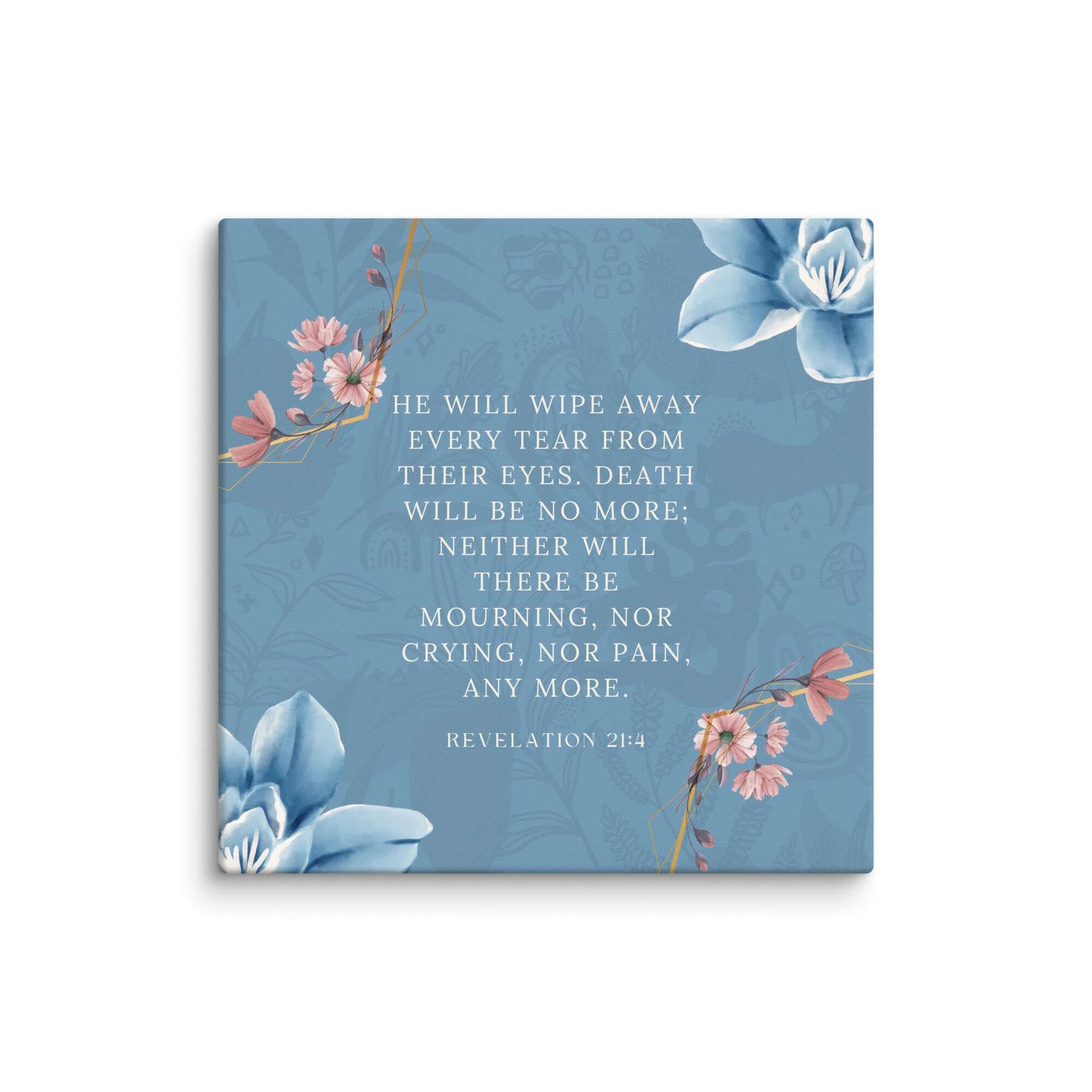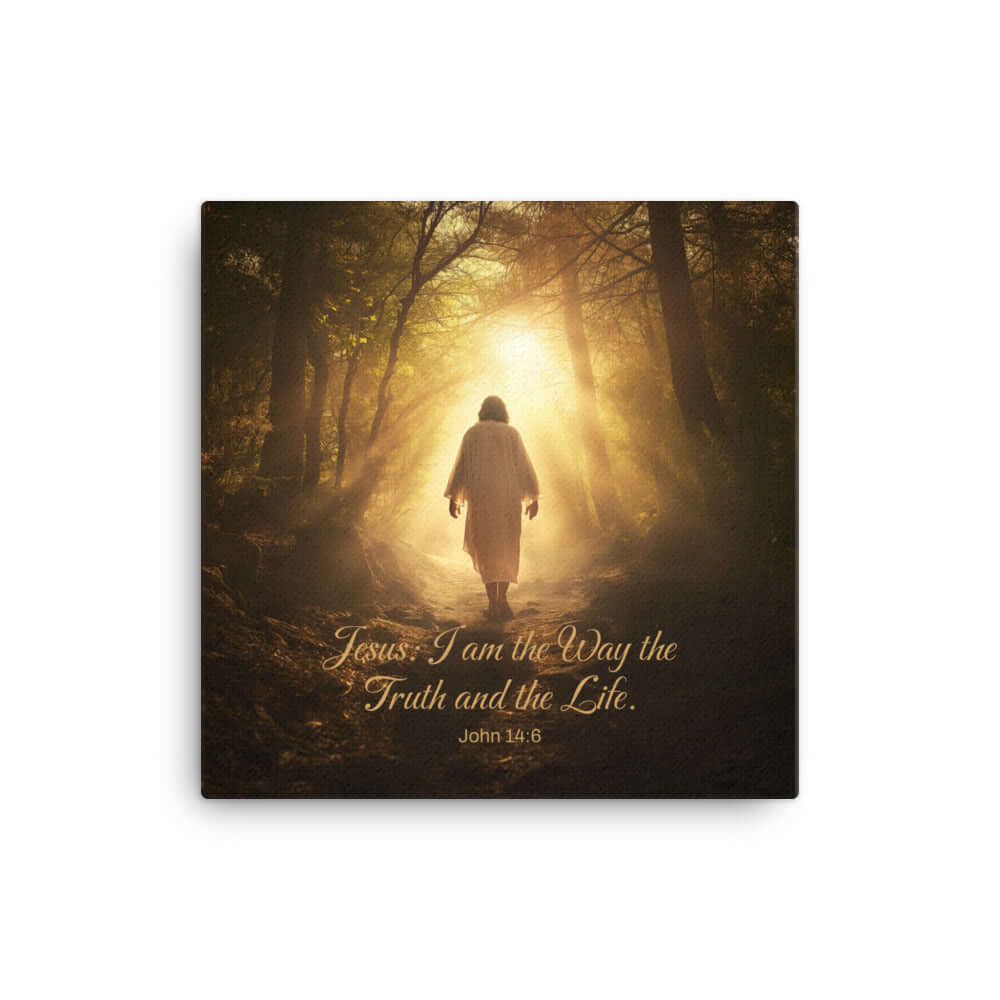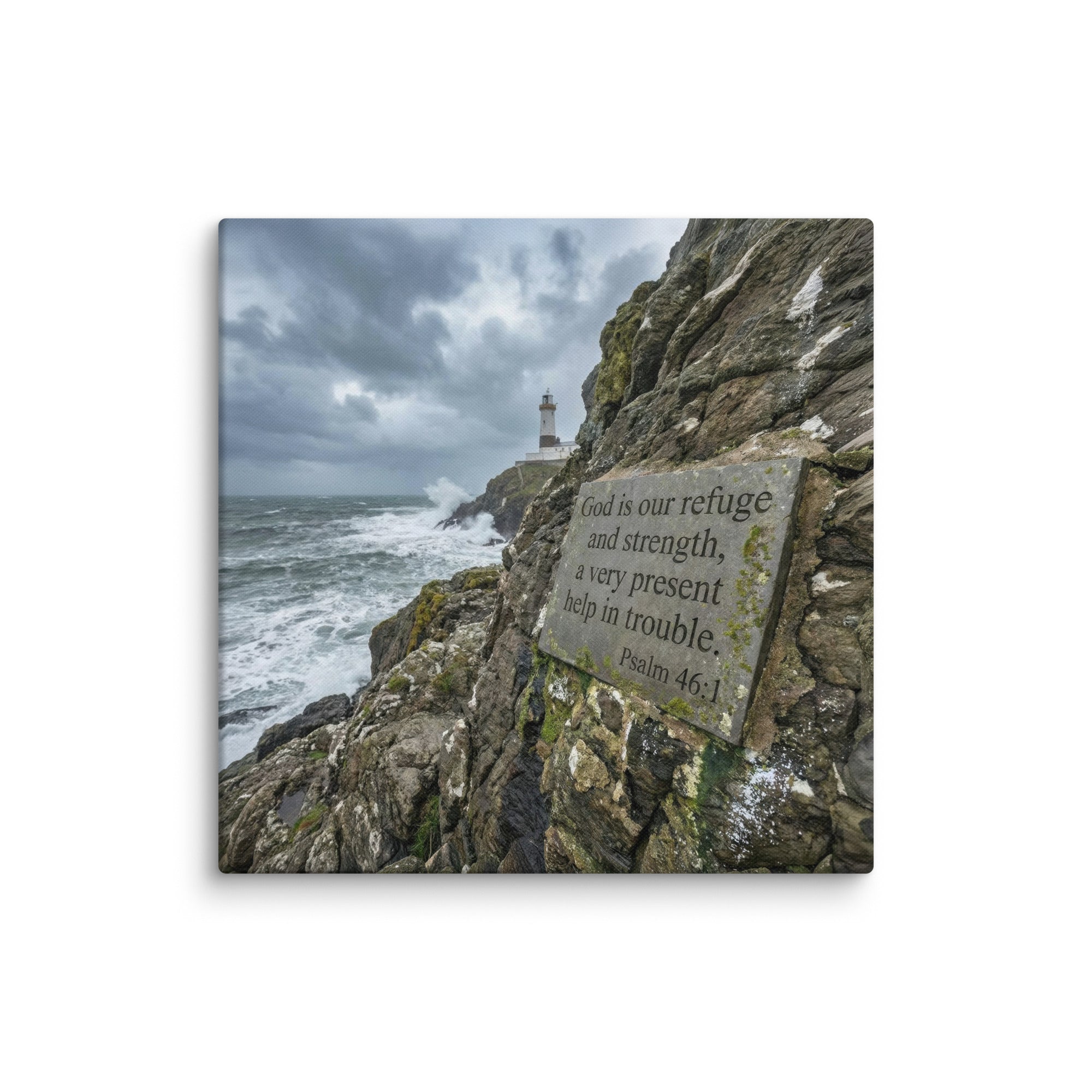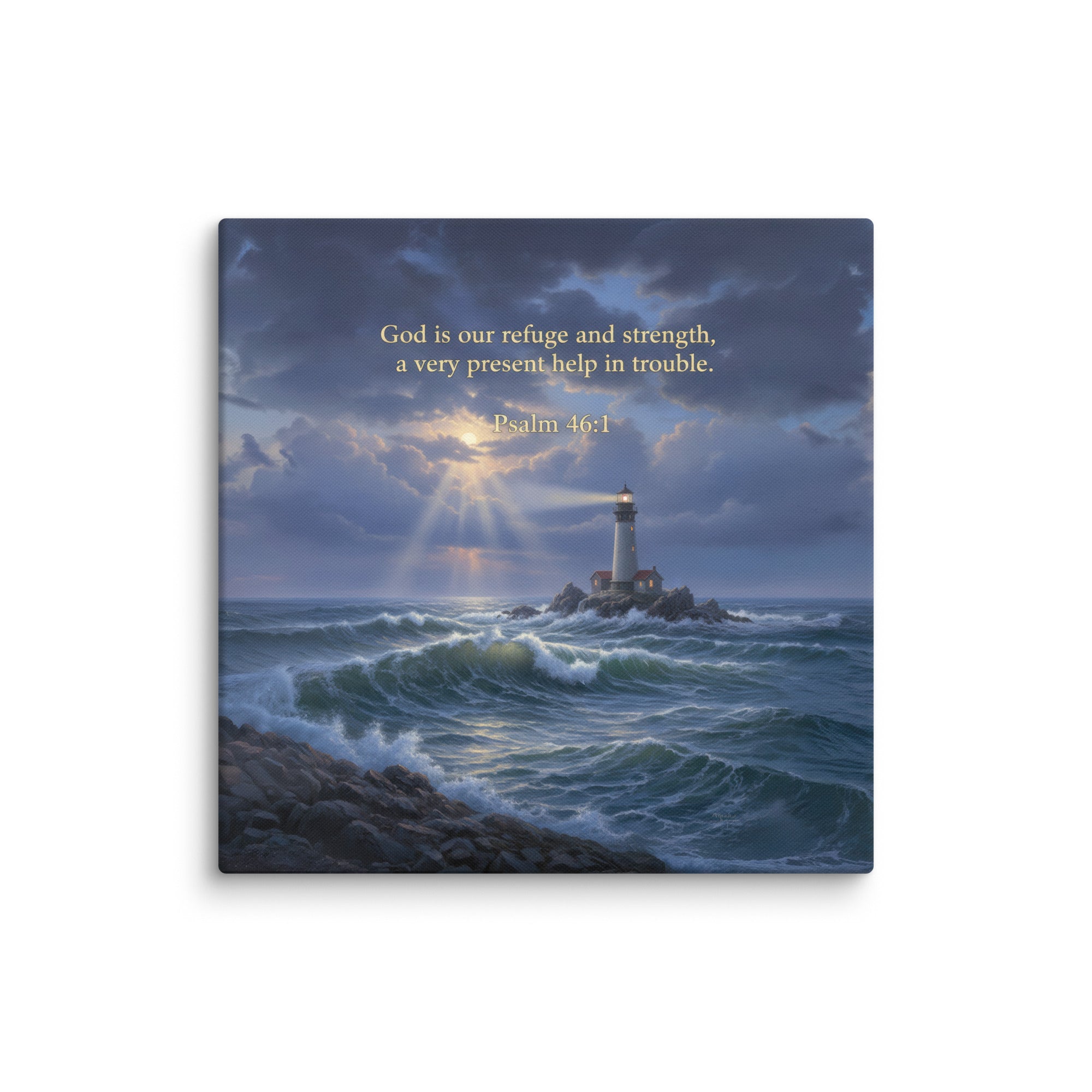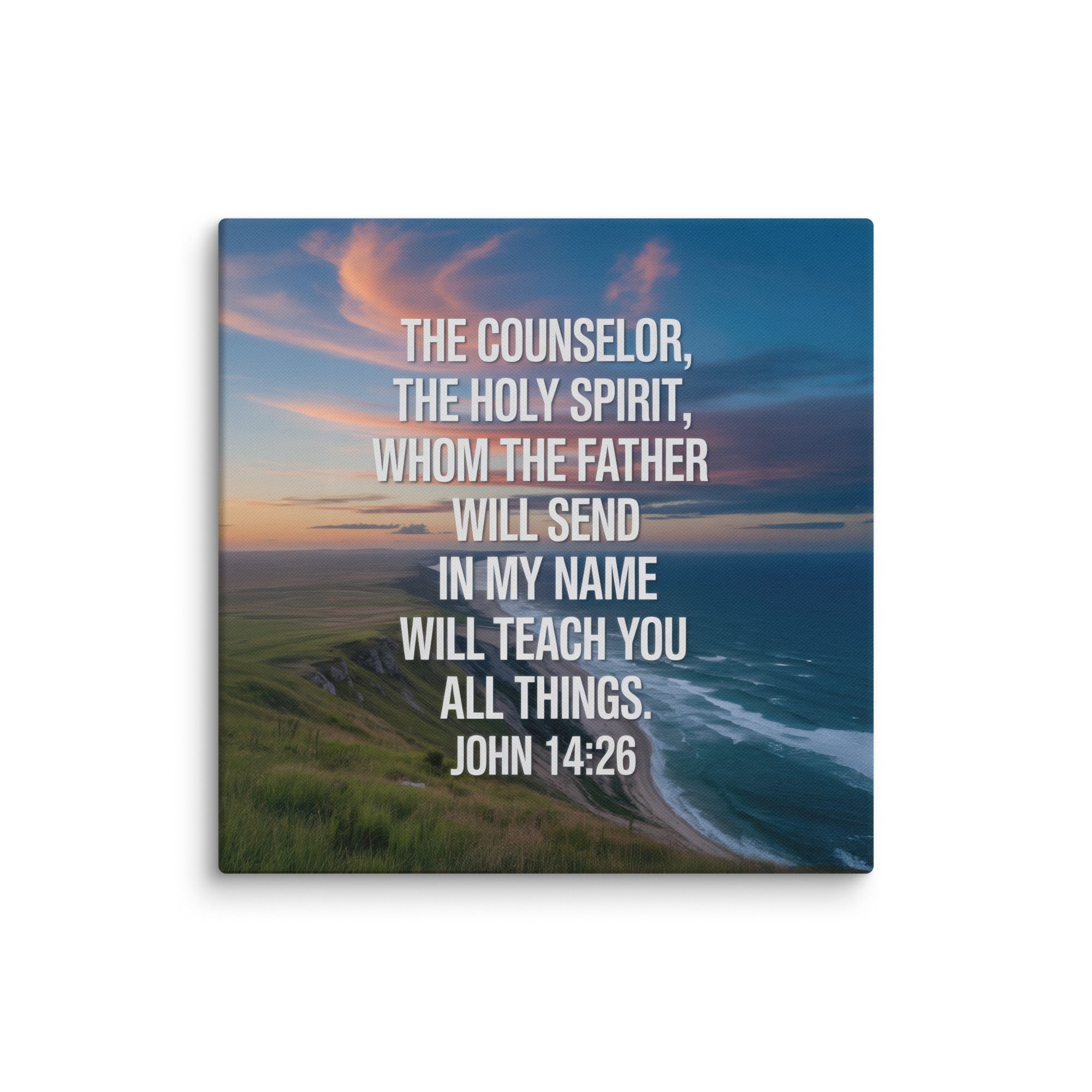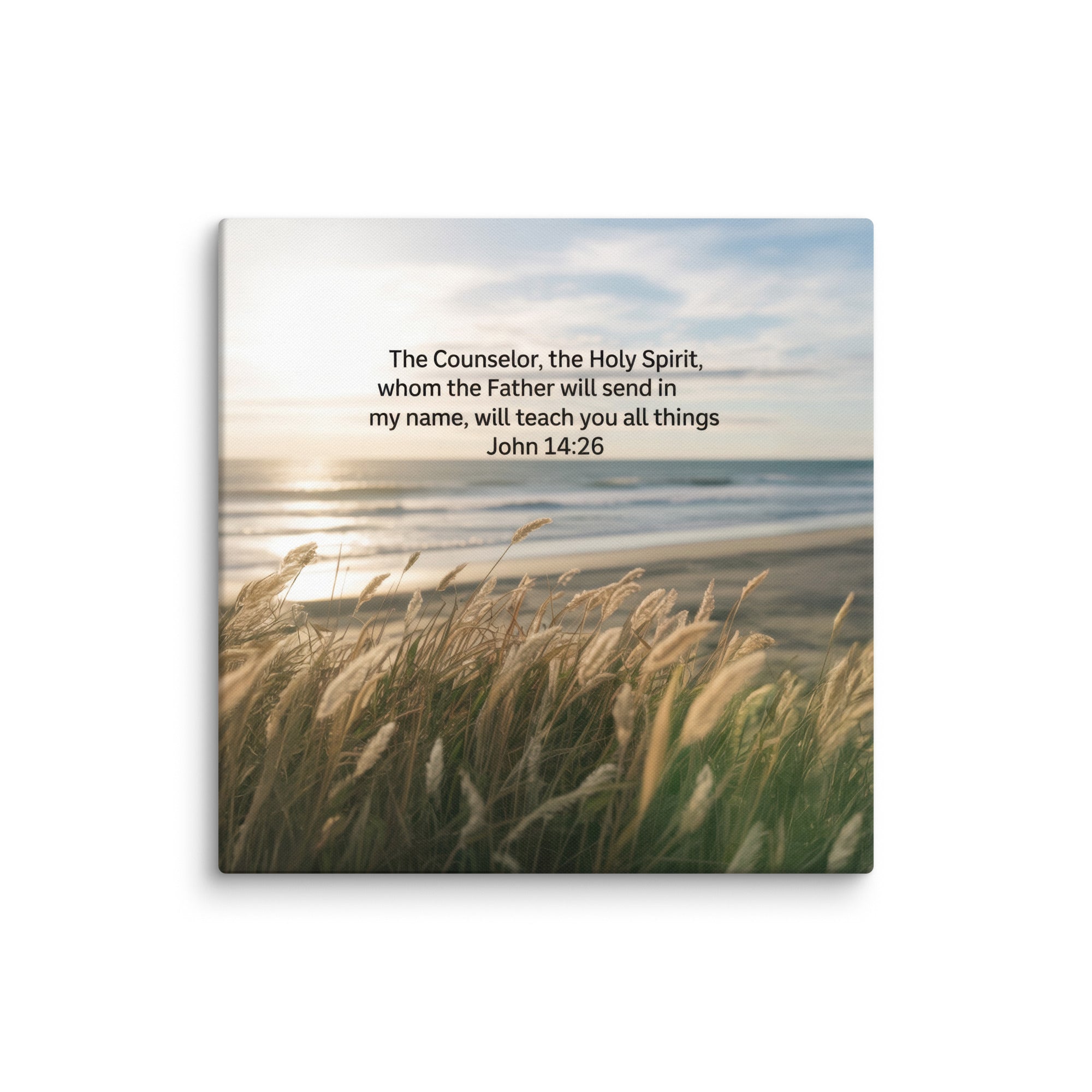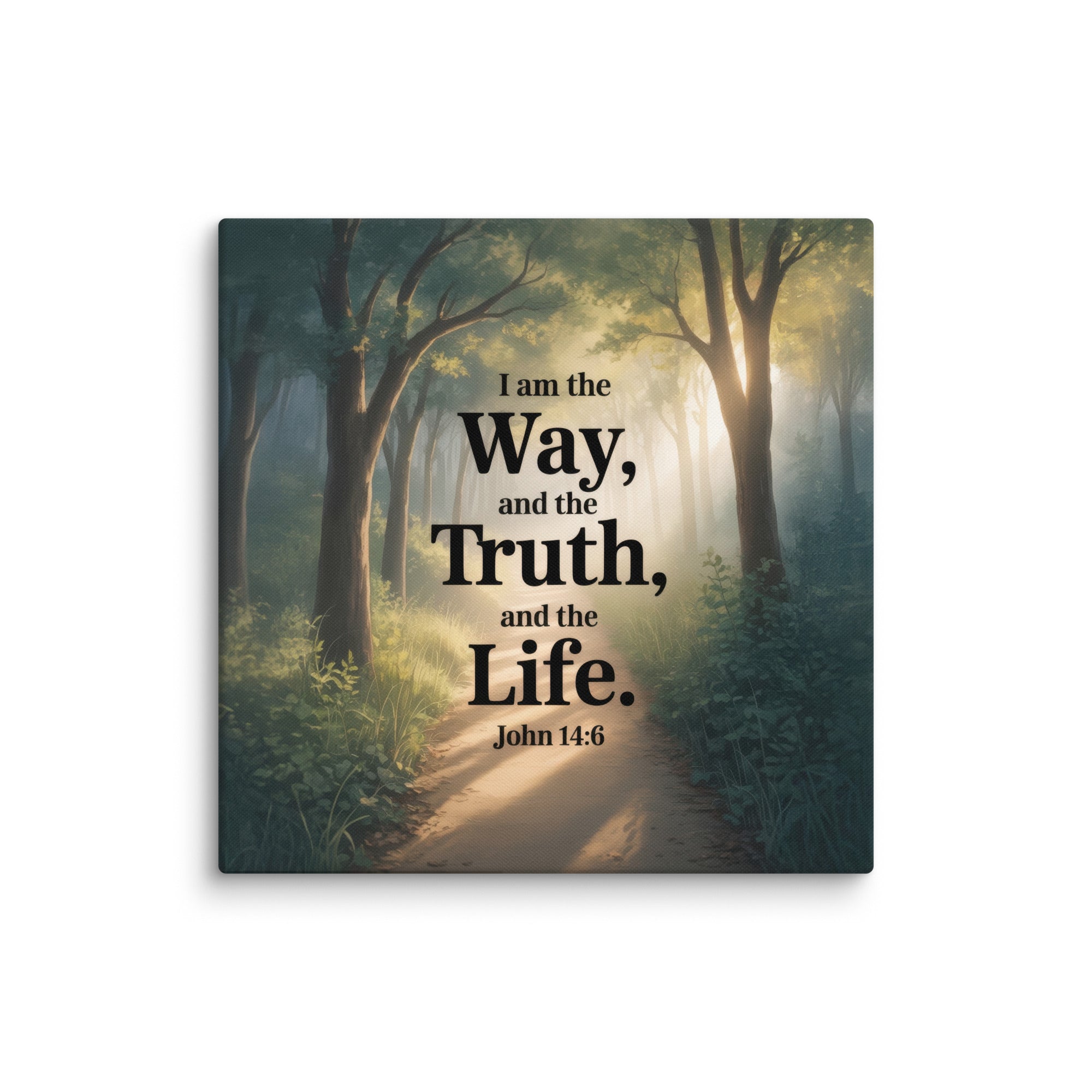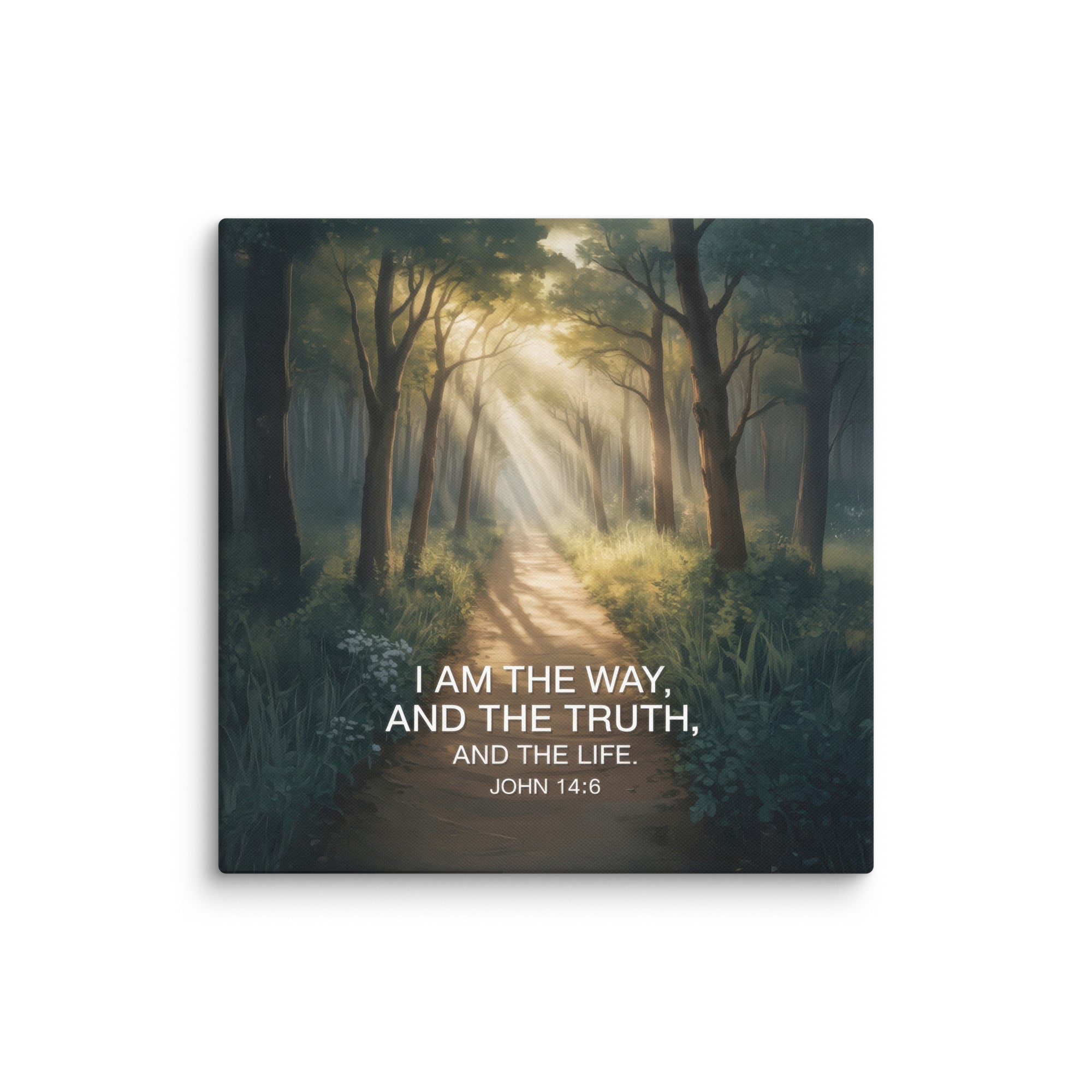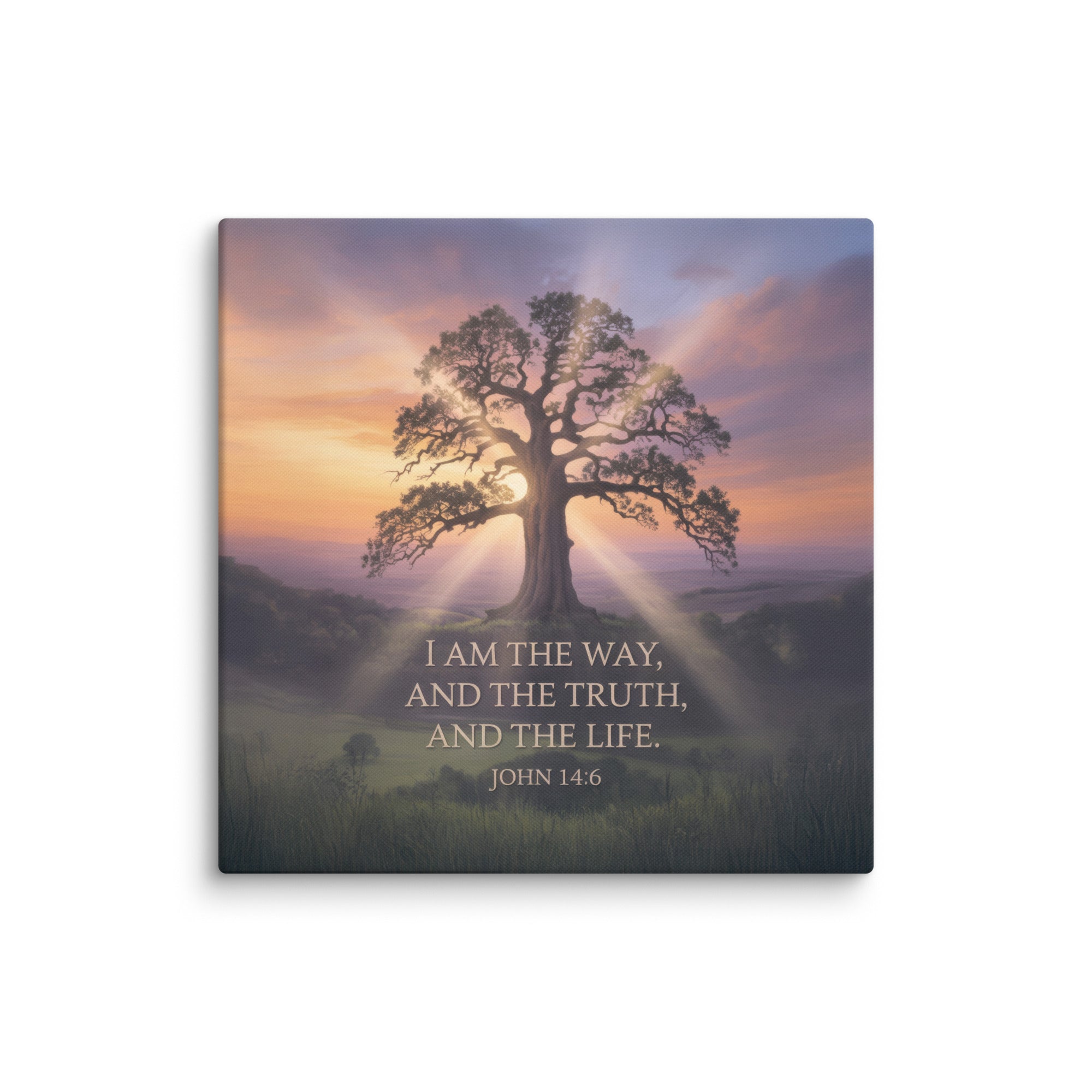The Bible is one of history's most widely read books, yet its length can vary greatly depending on the version, format, and publisher. If you’re curious about how many pages are in the Bible, the answer isn’t straightforward because of differences in translations, font sizes, and how the text is laid out. Let’s explore what factors affect the number of pages in the Bible and provide some general ranges for popular versions.
The Structure of the Bible
The Bible is divided into two main sections:
- The Old Testament: Consists of books written before the birth of Jesus Christ, including the Torah, historical books, wisdom literature, and the prophets.
- The New Testament focuses on Jesus's life, the teachings of His apostles, and prophecy.
The Bible contains 66 books in Protestant versions, 73 in Catholic editions, and more in Orthodox traditions. These books are further divided into chapters and verses, contributing to the text's length.
Factors That Affect the Number of Pages
The total number of pages in a Bible depends on several factors:
1. Translation
Different translations of the Bible can vary in length. For example:
- The King James Version (KJV) uses formal, older English, often leading to longer sentences.
- Modern translations like the New International Version (NIV) use shorter, more conversational language, sometimes reducing word count.
2. Font Size and Layout
Bibles are often printed in various formats:
- Compact Bibles: Small, portable versions with tiny fonts may only be 800–1,200 pages.
- Study Bibles: Larger formats with commentary, notes, and maps can exceed 2,000 pages.
3. Book Count
- A Protestant Bible has 66 books, typically totaling between 1,000 and 1,600 pages.
- A Catholic Bible, which includes the Deuterocanonical books, often has between 1,200 and 1,800 pages.
- An Orthodox Bible, which may include additional texts, can exceed 2,000 pages.
4. Paper and Printing Style
Bibles are often printed on thin, high-quality paper to keep the book compact. Thicker paper increases the page count, while double-column layouts reduce it.
Page Ranges for Popular Bible Versions
Here’s a look at some common translations and their approximate page counts:
| Bible Version | Page Count (Approximate) | Notes |
|---|---|---|
| King James Version (KJV) | 1,200–1,600 pages | Traditional language, widely used. |
| New International Version (NIV) | 1,000–1,400 pages | Modern translation, easier to read. |
| English Standard Version (ESV) | 1,200–1,500 pages | Formal, literal translation. |
| Catholic Bible | 1,400–1,800 pages | Includes additional books (Deuterocanon). |
| Orthodox Bible | 1,800–2,200+ pages | Includes additional books beyond Catholic editions. |
| Study Bibles | 2,000–2,500+ pages | Includes extensive notes, maps, and references. |
Key Takeaways on Page Length
While the number of pages in the Bible can vary significantly, most standard versions fall within 1,000 to 2,000 pages. Study editions with additional content may extend beyond that range, while compact versions may have fewer pages due to smaller fonts and condensed layouts.
When choosing a Bible, the page count might matter less than the translation style and features that suit your needs. For example, if you’re a beginner, a modern translation with explanatory notes may help you understand the text better.
Fun Facts About the Bible’s Length
- Longest Book: Psalms, with 150 chapters, is the longest book in the Bible.
- Shortest Book: 3 John, with only 1 chapter and 14 verses, is the shortest.
- Word Count: The KJV contains approximately 783,137 words, while modern translations like the NIV may have slightly fewer due to more straightforward language.
Whether reading the Bible for spiritual growth, historical interest, or personal study, understanding its structure and page count can help you plan your reading journey.





